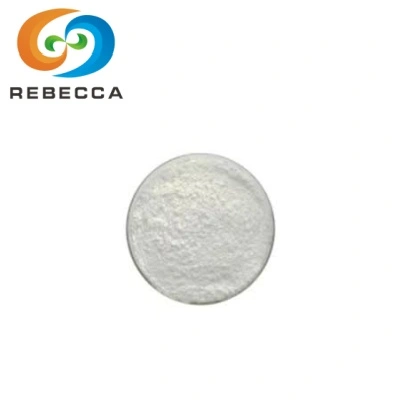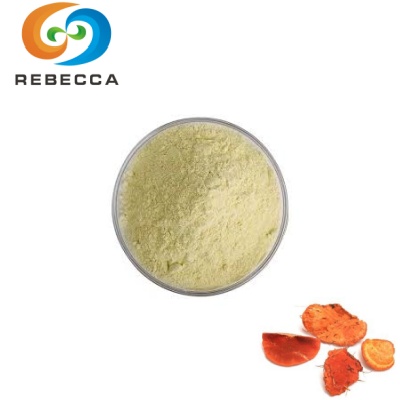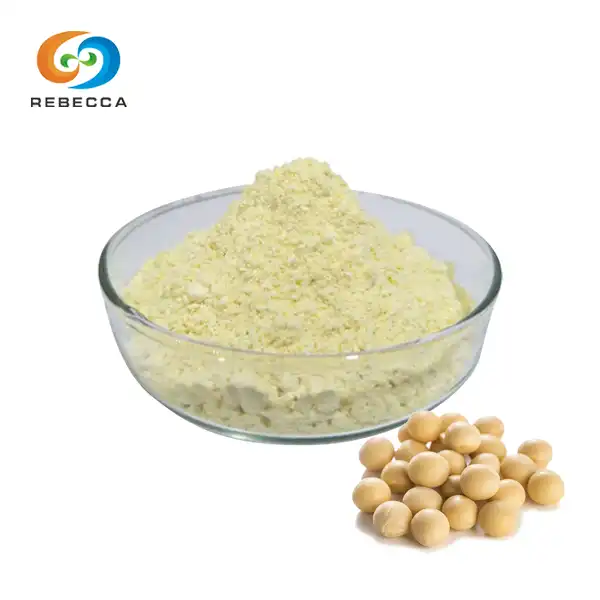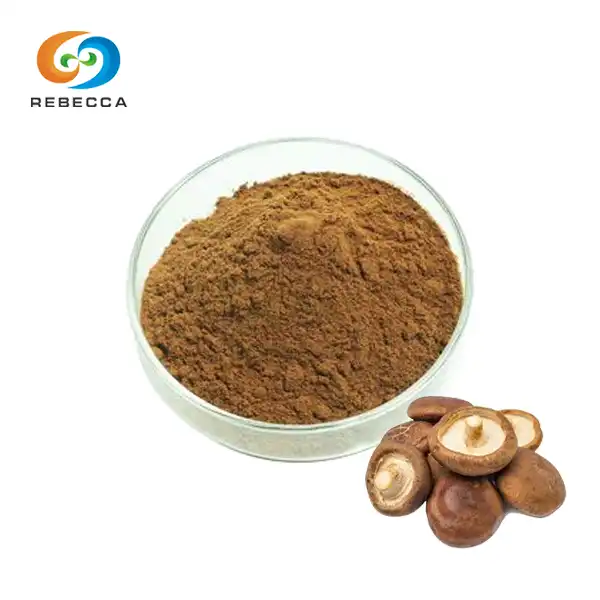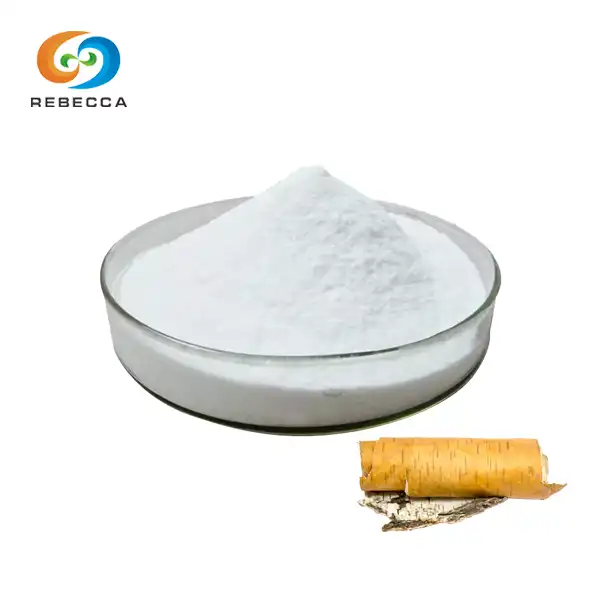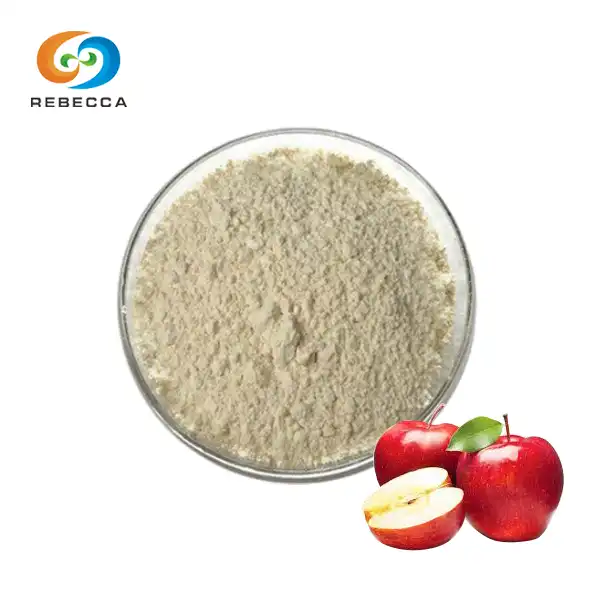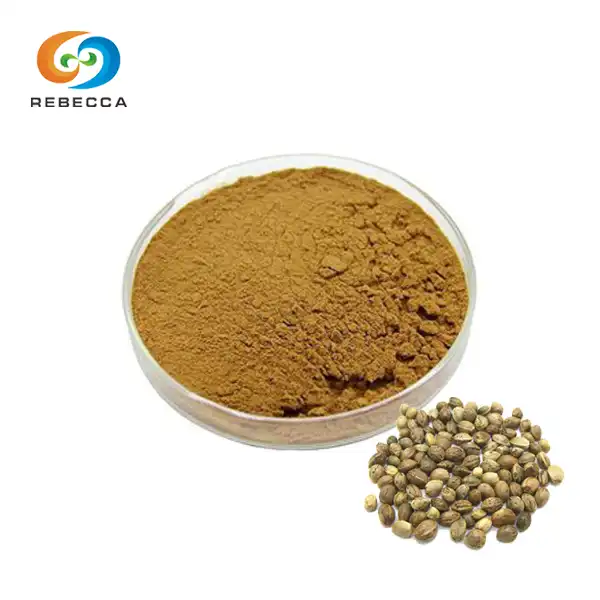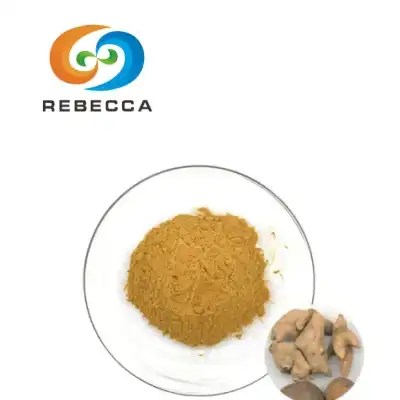How to ensure the quality of hyperforin extract?
The production of high-quality hyperforin extract requires meticulous attention to detail throughout the entire manufacturing process. From the initial selection of raw materials to the final quality testing, each step plays a crucial role in ensuring the therapeutic efficacy and safety of the final product. Understanding these manufacturing processes is essential for healthcare professionals, researchers, and consumers who seek reliable and effective hyperforin-based supplements.
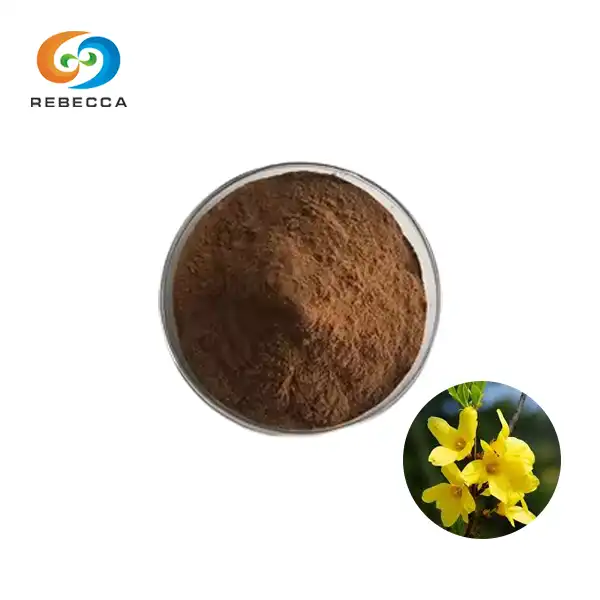
English name: Hypericum perforatum extract
Latin Name: Hypericum perforatum L.
CAS No.: 548-04-9
Molecular forula:C30H16O8
Molecular Weight: 504.45
Active ingredients: Hypericins, Hyperforin
Specification: 0.3% Hypericins UV; 0.3% Hypericin HPLC; 3%, 98% Hyperforin HPLC
Use Part : Whole herbs
Appearance: Brown powder
Mesh size:80 Mesh
Test Method: HPLC/UV
Raw Material Control
The foundation of superior hyperforin extract begins with rigorous raw material control measures that ensure only the highest quality St. John's wort plants are selected for processing. The concentration of hyperforin in Hypericum perforatum can vary significantly based on numerous factors, including the plant's geographic origin, harvest timing, environmental conditions, and genetic variety. Experienced manufacturers understand that these variables directly impact the final product's potency and therapeutic value.
Seasonal timing plays a particularly critical role in raw material selection. St. John's wort plants typically reach their peak hyperforin concentration during the flowering period, usually occurring in late spring to early summer. Plants harvested during this optimal window contain significantly higher levels of active compounds compared to those collected at other times of the year. Professional suppliers work closely with cultivators to ensure harvesting occurs at precisely the right moment, often monitoring flower development and conducting preliminary chemical analyses to determine the ideal collection time.
The authentication and identification of plant species represent another crucial aspect of raw material control. With numerous Hypericum species existing in nature, it is essential to verify that the collected material is indeed Hypericum perforatum and not a closely related but less potent species. Advanced botanical identification techniques, including morphological examination and DNA barcoding, are employed to confirm species authenticity. This verification process prevents the inadvertent use of inferior plant materials that could compromise the final extract's quality and therapeutic efficacy.


Extraction Process Standardization
The transformation of raw St. John's wort into therapeutic hyperforin extract requires sophisticated extraction methodologies that preserve the delicate molecular structure of hyperforin while maximizing yield and purity. Modern extraction processes have evolved significantly from traditional methods, incorporating cutting-edge technologies and scientific principles to achieve consistent, high-quality results. The choice of extraction method directly influences the final product's potency, stability, and therapeutic efficacy.
Solvent selection represents one of the most critical decisions in the extraction process. Hyperforin's unique chemical structure, characterized by its lipophilic prenyl side chains and phloroglucinol core, requires specific solvents that can effectively dissolve and extract the compound without causing degradation. Ethanol-based extraction systems have proven particularly effective, as they provide excellent solubility for hyperforin while maintaining the compound's structural integrity. The concentration of ethanol, extraction temperature, and duration must be carefully optimized to achieve maximum extraction efficiency while preventing thermal degradation of sensitive compounds.
Supercritical fluid extraction (SFE) using carbon dioxide has emerged as a premium method for producing high-quality hyperforin extract. This advanced technique offers several advantages over conventional solvent extraction, including the ability to operate at lower temperatures, complete solvent removal, and selective extraction of specific compounds. The supercritical CO2 extraction process can be fine-tuned by adjusting pressure and temperature parameters to optimize hyperforin recovery while minimizing the extraction of unwanted compounds. This selectivity results in cleaner extracts with higher concentrations of active ingredients.
The standardization of extraction conditions is essential for ensuring batch-to-batch consistency in hyperforin extract production. Professional manufacturers implement detailed standard operating procedures that specify exact parameters for temperature, pressure, extraction time, solvent-to-material ratios, and agitation rates. These protocols are regularly validated through analytical testing to confirm that they consistently produce extracts meeting predetermined quality specifications. Any deviations from established parameters are carefully documented and investigated to maintain product quality and regulatory compliance.
Post-extraction processing steps play an equally important role in preserving hyperforin's therapeutic properties. Concentration processes, such as vacuum evaporation or spray drying, must be conducted under controlled conditions to prevent thermal degradation. The removal of residual solvents requires careful attention to ensure that final products meet safety standards while maintaining potency. Stabilization techniques, including the addition of antioxidants or the use of protective packaging, help preserve hyperforin's activity during storage and distribution.

Quality Testing and Analysis
Comprehensive quality testing and analysis form the cornerstone of reliable hyperforin extract production, ensuring that each batch meets rigorous standards for purity, potency, and safety. The complex nature of hyperforin and its susceptibility to degradation under various conditions necessitate sophisticated analytical methods that can accurately quantify active compounds while detecting potential impurities or degradation products. Modern analytical laboratories employ multiple complementary techniques to provide a complete picture of extract quality and composition.
High-Performance Liquid Chromatography (HPLC) represents the gold standard for hyperforin quantification and purity assessment. This sophisticated analytical technique separates individual compounds based on their chemical properties, allowing for precise identification and quantification of hyperforin alongside other bioactive constituents such as hypericin and pseudohypericin. HPLC methods for hyperforin extract analysis require careful optimization of mobile phase composition, column selection, and detection parameters to achieve accurate and reproducible results. The development of validated HPLC methods ensures that analytical results are reliable and comparable across different laboratories and testing facilities.
Microbiological testing ensures that hyperforin extract products are free from harmful bacteria, yeasts, molds, and other microorganisms that could pose health risks to consumers. Standard microbiological tests include total aerobic microbial count, yeast and mold count, and screening for specific pathogenic organisms such as Salmonella, E. coli, and Staphylococcus aureus. These tests are particularly important for herbal extracts, as plant materials can naturally harbor various microorganisms that must be eliminated or controlled during processing.
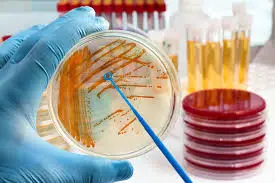
Heavy metal analysis is another essential aspect of quality testing, as plants can accumulate heavy metals from soil and environmental sources. Lead, mercury, cadmium, and arsenic are commonly tested metals that must be maintained below established safety limits. Advanced analytical techniques such as inductively coupled plasma mass spectrometry (ICP-MS) provide the sensitivity and accuracy required for detecting trace levels of heavy metals in hyperforin extract samples.
Residual solvent testing ensures that extraction solvents are completely removed from the final product or present only at levels that are safe for human consumption. Gas chromatography (GC) methods are typically employed to detect and quantify residual solvents, with acceptance criteria based on regulatory guidelines and safety considerations. This testing is particularly important for extracts produced using organic solvents, as residual solvent levels can impact both product safety and stability.
For researchers, manufacturers, and healthcare professionals seeking reliable hyperforin extract supplies, Rebecca provides the expertise and quality assurance necessary for successful applications. Our commitment to excellence extends beyond product manufacturing to include comprehensive technical support and regulatory guidance. For more information about our hyperforin products or to place an order, please reach out to us at information@sxrebecca.com. We look forward to supporting your research and commercial endeavors with our premium solutions.
References
1. Chatterjee, S. S., Bhattacharya, S. K., Wonnemann, M., Singer, A., & Müller, W. E. (1998). Hyperforin as a possible antidepressant component of hypericum extracts. Life Sciences, 63(6), 499-510.
2. Müller, W. E., Singer, A., Wonnemann, M., Hafner, U., Rolli, M., & Schäfer, C. (1998). Hyperforin represents the neurotransmitter reuptake inhibiting constituent of hypericum extract. Pharmacopsychiatry, 31(Suppl 1), 16-21.
3. Singer, A., Wonnemann, M., & Müller, W. E. (1999). Hyperforin, a major antidepressant constituent of St. John's Wort, inhibits serotonin uptake by elevating free intracellular Na+. Journal of Pharmacology and Experimental Therapeutics, 290(3), 1363-1368.
4. Leuner, K., Kazanski, V., Müller, M., Essin, K., Henke, B., Gollasch, M., ... & Müller, W. E. (2007). Hyperforin—a key constituent of St. John's wort specifically activates TRPC6 channels. The FASEB Journal, 21(14), 4101-4111.
5. Sell, T. S., Belkacemi, T., Flockerzi, V., & Beck, A. (2014). Protonophore properties of hyperforin are essential for its pharmacological activity. Scientific Reports, 4, 7500.
